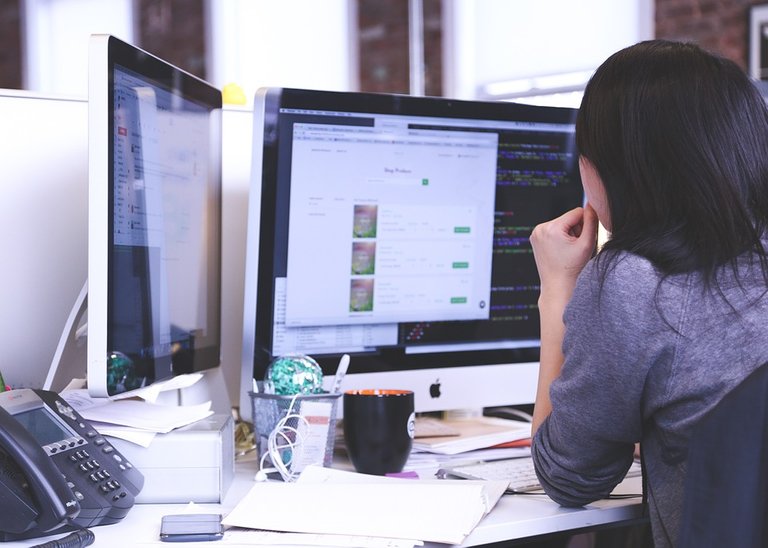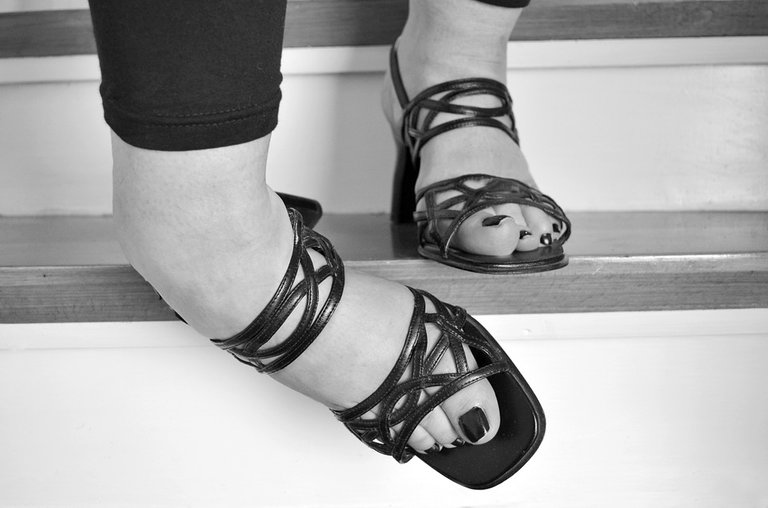
There is a belief that offices are workplaces where accidents do not occur, but this is not the case, as employees who stay for work stays in them are also subject to injuries, which are usually due to falls and trips (being the most common causes), therefore several safe work practices should be considered, which will help prevent the occurrence of these accidents.
Here are several aspects, both to prevent accidents, and to improve visual ergonomics in offices:
Always keep in mind that the injuries suffered by workers in an office can be serious and not think that they are irrelevant, because we would fall into an error.
• It may seem unusual, but one of the causes that is most often identified in accidents at these work sites is negligence.
• According to statistics, disabling injuries in 3% correspond to accidents in offices in a total of 8500 workers, where they generate high costs, for companies
• There are three basic aspects identified as potential for the occurrence of accidents:
1.- New Environment, without identification and prior security inspection.
2.- New employees and young people, where safety induction talks have been omitted.
3.- Sex of the Employees, sometimes the sex is omitted and functions are not delegated according to the position to occupy.

The most common causes in the occurrence of accident with injuries are:
.- The falls, where the female sex is identified as the most common victims, who suffer from this cause of accident.
.- Distensiones by excessive efforts, almost always happens by imprudent movements.
.- Blows against objects, which are commonly found in an office, doors, files and others.
.- Caught by, things or natural objects of the office, such as drawers, doors and others.
Within the recommendations for the control of the danger in the offices, we have:
• Beware of slippery floors.
• Comply with the architectural design regulations regarding the opening of the doors with a semi-radial turn with an internal direction.
• Glass doors and windows must have designs or motifs.
• Plugs must have a third element or pole for grounding.
• The design of the desks must be without sharp edges.
• Cables for electricity in the use of equipment should not be stacked.
• Always keep handrails, steps and stairs in good condition.
• As for the floors, they should always be degreased clean and in good condition.
• The electrical connections, as well as the telephones, must be placed in such a way that they do not protrude in the corridors, preventing the staff from rising.
• Office equipment such as chairs, desks and others must be in good condition.
• Electrical connections must be in good condition
Security habits to prevent risks and dangers in the offices:
• There must be order in the staff when walking through the corridors, adopting habits, such as keeping their right when moving.
• When using ladders, they must carry a free hand on the handrail and keep the right side.
• It is forbidden to skate sitting with the chair, that is, moving with sudden movements from one side to the other.
• It is a practice of bad habit to lean on the back of the chair and put your feet on the desk, therefore you should avoid and prohibit this action.
• The chair is not a ladder, so it should not be taken to reach distant objects.
• In the office it must be regulated that the personnel never move the
• You should avoid leaving open drawers after working with it, as well as open only one drawer at a time.
• Avoid leaving stacked or stored materials in the offices.
• The tools and articles must be stored in places that do not interfere and that do not present danger of falling, possibly accidentally to someone.
• It must be a norm that the maintenance personnel, under supervision, repairs any observed danger.
• Every work center, no matter how small, must have an emergency plan for the installation and let it know its staff.

Visual ergonomics in the workplace
• Vision is our most valuable sense and which is in constant use every minute we are awake. For this reason we must take care of the visual disorder that appears after a continuous period of effort.
• The success of visual ergonomics in the workplace is based on controlling two variables: lighting and the use of computers.
• Lighting is a factor that allows us to achieve mental and physical wellbeing, because it influences the way we perceive the environment that surrounds us. This lighting can be: natural light or artificial light
• The distribution of furniture must be placed strategically in the offices, avoiding that the shadow produced by the light does not affect the activity performed by the employee.
• Natural light is the most desirable, but if it is intense and bright, it can cause emotional fatigue and decreased performance. If it affects the worker, it can be controlled by devices such as curtains or blinds.
• Artificial lighting such as fluorescent lights, allow controlling the brightness and reflection and are recommended in the design standards.
• To prevent the effects caused by the computer, it is necessary to take into account control: brightness, position in front of the screen, reflection and high exposure works.
To prevent these effects in the use of computers, we have:
• If the user watches the screen flicker like an old fluorescent lamp, the brightness of the equipment should be reduced.
• If you work for long spaces in front of the computer, it is recommended to take breaks to relax the view, this helped with deep breaths during the break.
• To eliminate the reflection effect, a protective anti-glare filter is recommended, in addition to adjusting the screen in such a way that it is not reflected with the computer turned off.
• Ophthalmic moisturizing drops are recommended, even more if contact lenses are used, when doing intense works at close distance from the computer, since there is a tendency to blink less.
I hope we continue writing and reading in the near future.
Greetings ... @ victor79